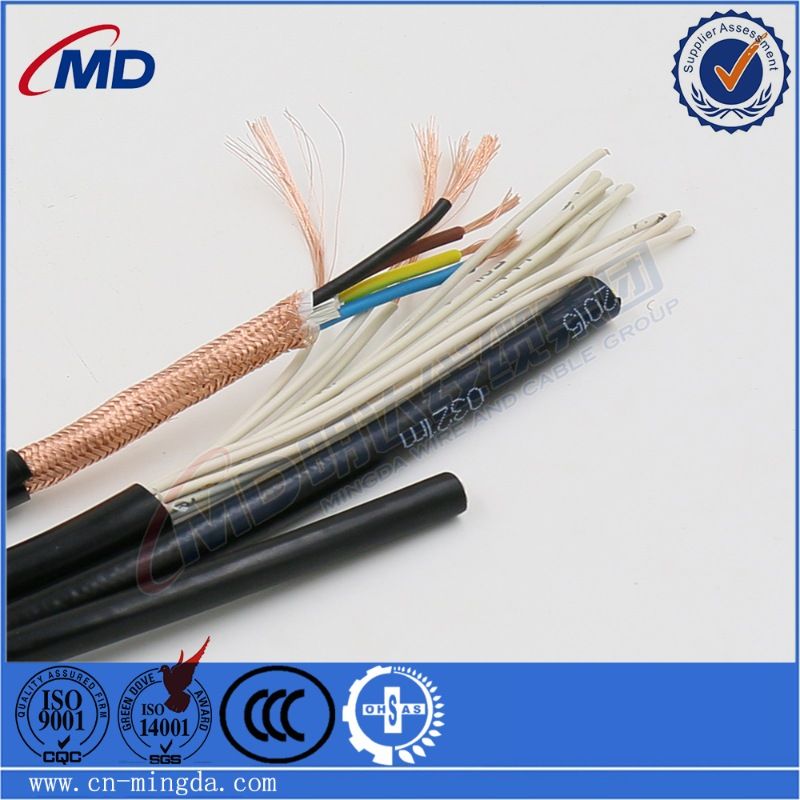ኅዳር . 08, 2024 17:56 Back to list
standard wire and cable
Standard Wire and Cable An Overview
In the realm of electrical engineering and construction, the significance of standard wire and cable cannot be overstated. These components play a crucial role in the efficient and safe transmission of electrical energy, ensuring that power reaches homes, businesses, and industries across the globe. This article aims to explore the various aspects of standard wire and cable, including their types, applications, and the importance of adhering to industry specifications.
Understanding Wire and Cable
At its core, wire refers to a single conductor that is used to carry electrical current, while cable consists of multiple wires bundled together, often with insulation to protect against electrical leakage and external elements. Standard wires and cables are manufactured according to specific guidelines established by international bodies, such as the American National Standards Institute (ANSI) and the International Electrotechnical Commission (IEC). These standards ensure that wires and cables are safe, reliable, and efficient for their intended use.
Types of Wires and Cables
The variety of wires and cables available in the market is vast, each tailored to meet particular requirements. Some common types include
1. Copper and Aluminum Wires Copper is the most popular material for electrical wiring due to its excellent conductivity and flexibility. Aluminum is a lighter alternative, making it suitable for overhead power lines and applications where weight is a concern.
2. Non-Metallic Sheathed Cables (NM) NM cables are widely used in residential wiring. They consist of two or more insulated conductors wrapped in a protective plastic sheath, providing protection from moisture and physical damage.
3. Armored Cables These cables have an additional layer of protection, usually made of metal, which safeguards against impact and abrasion. They are commonly used in industrial settings.
4. Coaxial Cables In telecommunications, coaxial cables are essential for transmitting data and television signals. They consist of an inner conductor, an insulating layer, a metallic shield, and an outer insulating layer.
5. Fiber Optic Cables For long-distance communication, fiber optic cables, which use light to transmit information, have become the preferred choice due to their high speed and bandwidth.
standard wire and cable

Applications of Wire and Cable
The applications of standard wire and cable are extensive, impacting almost every aspect of modern life
- Residential Wiring In homes, wires and cables are used for lighting, electrical outlets, and appliances, ensuring safety and functionality. - Commercial Buildings Retail spaces, offices, and warehouses rely on robust wiring solutions for lighting, HVAC systems, and data networking.
- Industrial Uses Factories and manufacturing plants use heavy-duty cables for machinery, power distribution, and automation systems.
- Telecommunications Wires and cables facilitate communication networks, internet connectivity, and broadcasting services.
- Automotive The automotive industry utilizes specialized wires and cables for power distribution, data transmission, and control systems within vehicles.
Importance of Standards
Adhering to standard specifications in wire and cable manufacturing is critical to ensuring safety and reliability. These standards provide guidelines on electrical resistance, insulation properties, temperature ratings, and load capacity. Using substandard wiring can lead to serious consequences, including electrical fires, equipment failure, and costly repairs.
Furthermore, compliance with standards not only ensures safety but also promotes interoperability. For professionals in the electrical field, understanding and utilizing standardized products simplifies the design and installation processes, reducing costs and enhancing efficiency.
Conclusion
In conclusion, standard wire and cable are indispensable components of modern electrical systems. They facilitate the safe and efficient transfer of electricity, playing a vital role in residential, commercial, and industrial applications. Understanding the types, applications, and adherence to industry standards can help stakeholders make informed decisions that ensure safety, efficiency, and reliability in electrical installations. As technology continues to evolve, the importance of high-quality wire and cable will only increase, paving the way for innovations in energy transmission and communication systems.
Share